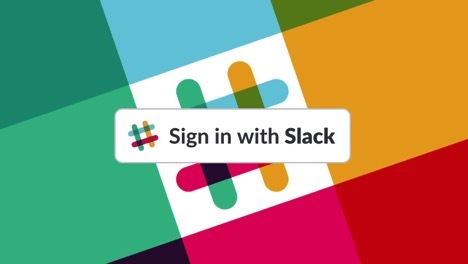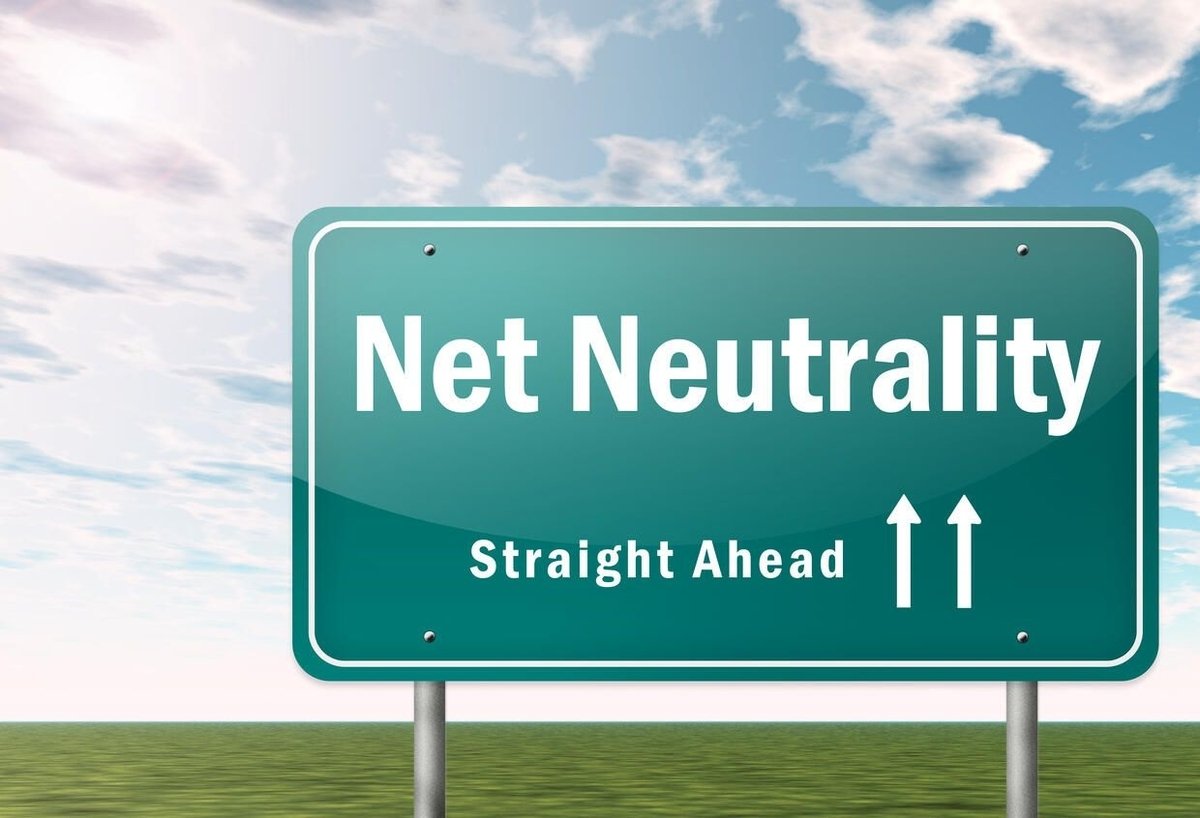- 5.5% of Slack employees are black
- Slack has over 6 million daily active users in more than 100 countries
Messaging software company Slack is beating most Silicon Valley firms at finding diverse talent, as the industry fails to better represent its customers. Currently 5.5% of its overall workforce is black. Why has Slack been able to move the diversity needle when other companies have continued to stall?
Why This Matters: Overall, diversity in tech is way below all private industries in the U.S., with blacks making up 7.4 percent of its workforce compared to 14.4% across all private industries. Slack in its fourth year of business said its staff is 45% women, 34% of which are in technical positions. When we dig deeper into the Slack’s tech workforce numbers, we find that 5.5 percent are black, seven percent are Latino, and four percent are mixed-race workers. For non-technical roles the numbers are fairly similar.
Unsurprisingly, about 80% of workers at Slack are White or Asian which is standard practice in Silicon Valley. The company says it’s taking steps to continue improving, such as including its staff in diversity efforts, eliminating bias in its hiring process, and teaming up with companies that help recruit black, disabled, and LGBTQ tech talent.
If your examine the broader tech industry, only three percent of Facebook (FB +0.77%) employees are black, five percent are Hispanic, and a mere three percent are of mixed-race. For technical jobs, the numbers are even lower. Its Asian staff however, makes up 40% of its workforce and 49% of its tech force. Upward mobility is also an issue. For example, 21% of Amazon’s (AMZN +1.21%%) employees are black, but only 5 percent are in managerial positions.
Situational Awareness: Tech firms release reports each year disclosing efforts and progress to hire diverse talent that’ll better represent its consumers. While some companies have figured out how to launch rockets into space, finding underrepresented groups on Earth has become a nearly impossible task. The EEOC says that lack of gender, racial and ethnic diversity in tech comes down to a “pipeline” problem and having an inhospitable culture for women and minority talent retention.









